


Keith T
gamer level 8
42809 xp
42809 xp
followers
15
15
Use my invite URL to register (this will give me kudos)
https://boardgaming.com/register/?invited_by=katalbot
profile badges




recent achievements

Stone of the Sun
Explore select games by completing a series of exploration actions ...learn more »
Explore select games by completing a series of exploration actions ...learn more »

Paladin
Give 1000 hearts (loyalty points) to a single game
Give 1000 hearts (loyalty points) to a single game

Rosetta Stone
Explore select games by completing a series of exploration actions. learn more »
Explore select games by completing a series of exploration actions. learn more »

Explorer - Level 5
Earn Explorer XP to level up by completing Explorer Quests!
Earn Explorer XP to level up by completing Explorer Quests!
Player Stats
Critic (lvl 3)
840 xp
840 xp
Explorer (lvl 5)
4381 xp
4381 xp
Professor (lvl 2)
606 xp
606 xp
Reporter (lvl 1)
213 xp
213 xp
About Me
I'm an avid war gamer, I enjoy Advance Squad Leader the most, but I'll play mini, card, and board games when the chance arises.











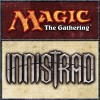
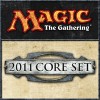



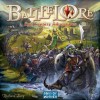

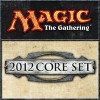



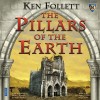













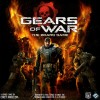
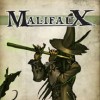
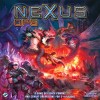

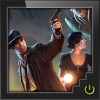



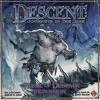
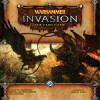







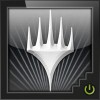

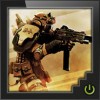
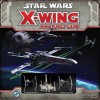


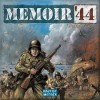


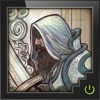
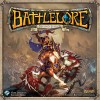
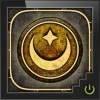




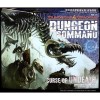


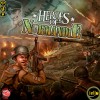

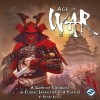

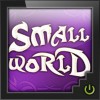

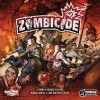



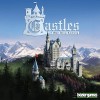



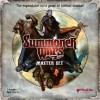



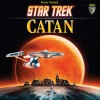



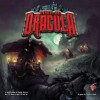

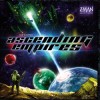

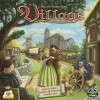





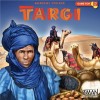




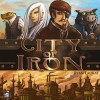

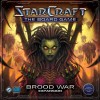
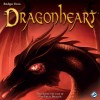

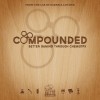

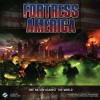
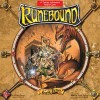


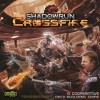

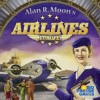





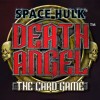


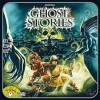


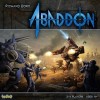
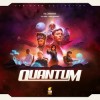




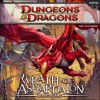



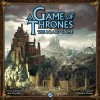


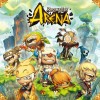
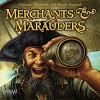







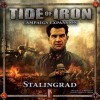




Conflict of Heroes: Awakening the Bear (second edition)
Introduction:
I’m a huge fan of war games. My main war game is Advance Squad Leader. There are times when I want something a bit lighter to play.
One of these lighter war games I turn to is Conflict of Heroes “Awakening of the Bear”.
Setup is fairly quick and has enough to bring out the tactician in you.
Components:
The counters and the maps are gorgeous. I can’t say enough about this, the contents in the box are very appealing.
The Box includes:
•5 beautiful, highly detailed 15 x 19 inch geomorphic mounted map boards.
•210 LARGE 1” square die cut counters depicting rifle and SMG squads, tanks, armored cars, anti-tank guns, mortars, MGs and many more.
•1 firefight book with a full historical overview and 16 firefights.
•1 programmed instruction rule book that teaches the game in small easy to learn steps
•55 action cards, fully redesigned
Game Play:
Game play consists of; a unit is activated getting 7 action points, and can do 1 action – move, fire, and rally. Each unit has different cost to do said action – move, fire, etc, simulating the organization and leadership of each army/unit.
Then your opponent does the same thing.
If your opponent move is very threatening, you may deactivate/flip your unit as spent and then activate a unit that is near the threatened objective or unit.
This occurs for each unit until a set number of action points are spent for each unit. Action points are set to 7 or you can use the optional rule to make it random. This is a D6 roll.
Then there are also Command Action Points (CAP’s), which can be used to add to the Action Points (AP) of a currently active unit, or even to do an action spending only the CAPs. CAPS can also be used to add 1 or 2 to your dice roll.
There is a card aspect to the game too. You get 2 at start of scenario, and 1 added each turn which give some advantage to you – a free action not costing any points, taking away opponent’s CAPs that turn, putting enemy unit as spent immediately, adding to your dice roll, off board arty, etc. The cards are of a kind of an unpredictability/fog of war aspect to the game, they can be used to help you or hinder your opponent’s plans.
Summary:
I really like this game; it has the right mix of game play and complexity but easy to learn system. I recommend this to introduce non war gamer friends and family to the world of war gaming.